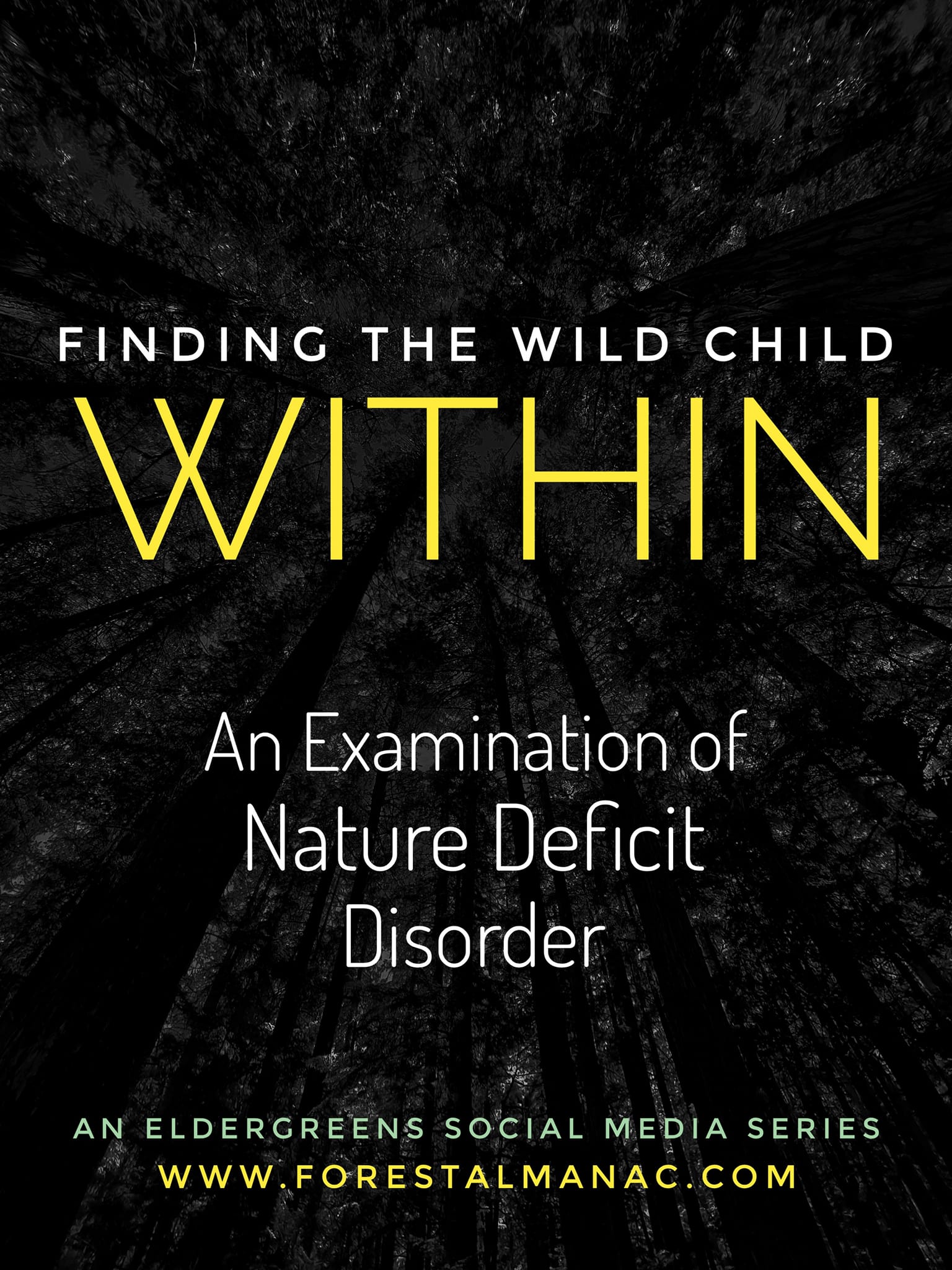(Signs)
This design and restoration camp series at the Wildcraft Forest School includes Wild Dynamic Permaculture Design Certification. This camp focuses on rewilding farms, gardens, communities and interface landscapes and provides participants with a range of learning environments that includes both classroom and project work in the field. This series also focuses on Wild Habitat Forests, Food Forests and Medicine Forests that includes stewardship methods.
Sanctuary Forest
Wild Dynamic Stewardship and Regeneration Certification
CREATING A WILD
Published by the Wildcraft Forest School Contact Us
The Forest Almanac seeks to educate, advocate and explore the regenerative forest through sentience, stewardship, science, spirit and sanctuary. As a production from the Wildcraft Forest School Extension Program we endeavor to bring a greater understanding of natural systems and the tools required so that we may better rewild planet Earth. This e-magazine helps people explore environmental problems from a practical, how-to standpoint. We explore the forest, natural systems and responsible travel, innovation, renewable energy, recycling, organic agricultural practices, whole food and wellness. We also tackle tough issues from a neighborhood and village perspective like education, affordable housing and innovation within the localization movement.
FINDING THE WILD CHILD WITHIN
An Examination of Nature Deficit Disorder
Welcome to our first installment in this social media series produced by Elder Greens Canada and the Wildcraft Forest Foundation.
Are we creating a cultural framework that becomes less caring about nature which might then allow for more natural resource extraction and destruction to take place?
Dr. Rhonda Clements surveyed 830 mothers, mostly born between 1960 and 1980, and asked about how much time they spent in nature as children; 76% of the mothers said they were outdoors every day Monday-Sunday, but when the same question was asked about their children only 26% said their children spent time outside every day.
When asked why their children were not enjoying the outdoors as often, the parents said that safety, injury, and fear of crime were the reasons that restricted their children from more outdoor play.
This research did not, however, address causes of nature-deficit disorder per se, instead focusing solely on changes in outdoor play.
Children are deeply impacted when there is a loss of natural surroundings in their neighborhood and city. Many parks and nature preserves have restricted access and "do not walk off the trail" signs.
Environmentalists and educators add to the restriction, telling children "look don't touch".
Richard Louv believes that the effects of nature-deficit disorder on our children will have "profound implications, not only for the health of future generations but for the health of the Earth itself."
Louv suggests that while we might be protecting the natural environment, there is a cost for that protection and that might be our children's relationship with nature, which profoundly shapes their ecocultural identities.
Richard Louv is an American non-fiction author and journalist. He is best known for his seventh book, “Last Child in the Woods: Saving Our Children From Nature-Deficit Disorder” (first published in 2005 by Algonquin Books of Chapel Hill), which investigates the relationship of children and the natural world in current and historical contexts. Louv created the term "nature-deficit disorder" to describe possible negative consequences to individual health and the social fabric as children move indoors and away from physical contact with the natural world – particularly unstructured, solitary experience.
Louv cites research pointing to attention disorders, obesity, a dampening of creativity and depression as problems associated with a nature-deficient childhood. He amassed information on the subject from practitioners of many disciplines to make his case, and is commonly credited with helping to inspire an international movement to reintroduce children to nature.
Nature-deficit disorder is the idea that human beings, especially children, are spending less time outdoors than they have in the past, and the belief that this change results in a wide range of behavioral problems. This disorder is not recognized in any of the medical manuals for mental disorders, such as the ICD-10 or the DSM-5. At present nature-deficit disorder is not meant to be a medical diagnosis and is not recognized as one but nevertheless research continues as a work in progress.
Louv claims that causes for nature-deficit disorder include parental fears and restricted access to natural areas in this YouTube video he answers five of the most common questions he is asked regarding nature deficit disorder. This video outlines great opportunities for addressing this problem.
This 17 minute YouTube video is worth the watch.
https://youtu.be/jw8Loaw4g8A
This social media series is produced by Elder Greens Canada and the Wildcraft Forest Foundation and is being posted at the Elder Greens Facebook Group and the Wildcraft Forest Sacred Community Facebook Group along with various Wildcraft Forest Facebook Pages.
Upon completion you can find the entire series at:
www.forestalmanac.com
www.mothertreehub.com
If you are interested in our training and workshop programs visit:
www.wildcraftforest.com
These websites are best viewed using a web browser.

